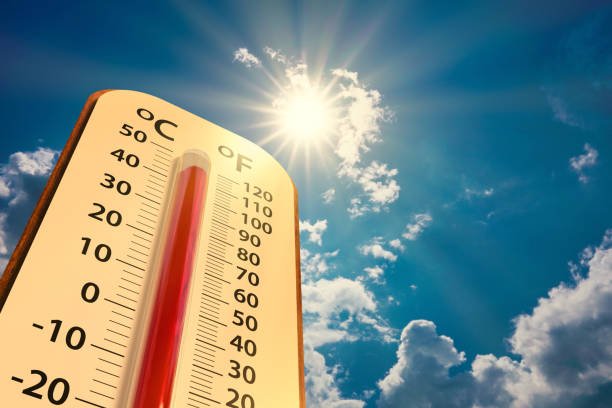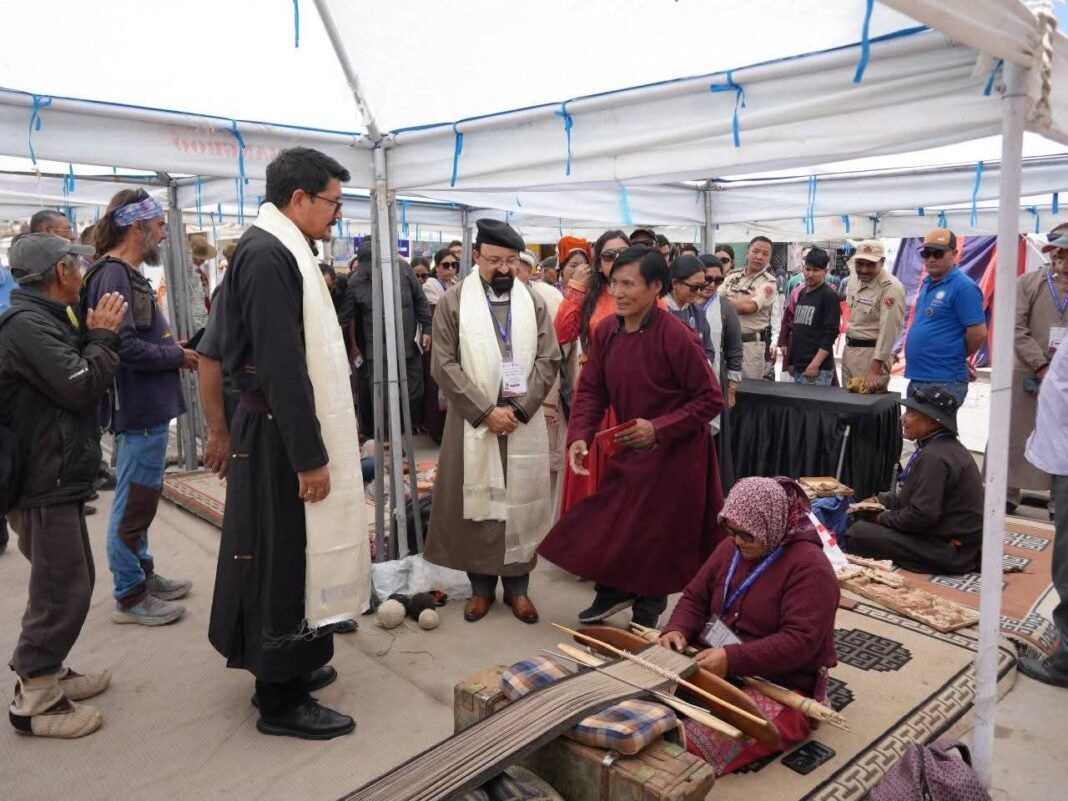Diplomat Correspondent
Srinagar, (DD): Amid growing concerns over rising temperatures in the Kashmir Valley, Srinagar has just logged its hottest June in nearly five decades, while Qazigund recorded its warmest June in over 50 years, according to weather data compiled by independent weatherman Faizan Arif of Kashmir Weather.
“This June has been exceptionally warm for both Srinagar and Qazigund,” Arif said. “In Srinagar, the overall average temperature for the month was 24.6°C, making it the hottest June since 1978 and the second warmest since records began in 1892.”
The data shows that Srinagar’s average maximum temperature stood at 31.0°C, with a mean minimum of 18.2°C. In comparison, the record-holding June of 1978 had an overall average of 25.0°C, driven by a significantly higher mean maximum of 32.9°C, though the nights were cooler with a minimum average of 17.1°C.
“This year’s minimum temperature came close to the all-time record,” Arif noted. “The only warmer nights were recorded in 2008, when the mean minimum touched 18.3°C.”
Arif added that June 2025 tied with 1971 and 1973, which also recorded an overall average of 24.6°C, placing this year among the four hottest Junes in the city’s history.
Qazigund Matches Record Heat
Further south, Qazigund — often referred to as the Gateway to Kashmir — also experienced abnormal heat. “The town recorded an overall average temperature of 23.2°C this June,” Arif said, “the highest since 1973, when it stood at 23.7°C.”
This year, the mean maximum temperature in Qazigund was 30.3°C, while the mean minimum settled at 16.1°C. These values match those recorded in 1978, which also saw an overall average of 23.2°C, though the individual maxima and minima differed slightly.
“The warmest minimum temperature in Qazigund’s June history remains 17.3°C, recorded in 1971,” Arif added. “This year wasn’t far behind.”
Implications of the Heat
While no official heatwave warning was issued, the persistently high temperatures have raised environmental concerns and triggered discussions on climate variability in the region.
“This isn’t just an isolated spike,” Arif said. “The trend over the past few years shows a pattern of increasingly warmer Junes. Whether it’s urban heat effects or broader climate shifts, it certainly needs closer attention.”
As the Valley enters July with similar heat patterns, authorities are urging citizens to stay hydrated, limit outdoor activity during peak hours, and take preventive health measures(DD)





